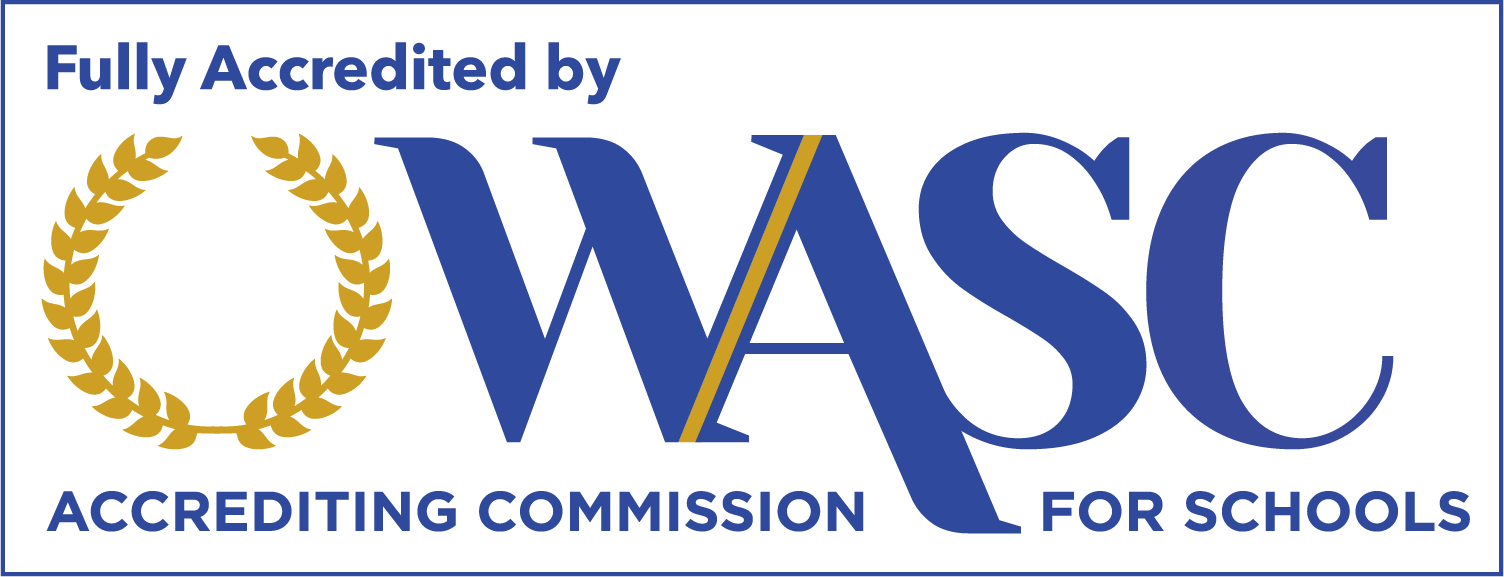The Impact of Early Intervention
The Neuroscience Behind It
A young brain is uniquely wired for learning.
See why acting early makes all the difference.
Neural Plasticity Peak
The brain’s ability to form new reading pathways is highest before age 8.
Synaptic Pruning
After age 8, the brain prunes unused connections, making rewiring harder.
Faster Rewiring
Young brains require 50% fewer repetitions to establish reading circuits.
5 Reasons Parents Wait to Seek Intervention
What If Waiting Isn’t Best for Your Child?
Dyslexia Assessment – Every Month Matters
An assessment can help to end the guesswork
and prevent years of struggle.
Get Clear Answers
End the “wait and see” cycle. Our assessment reveals exactly how your child’s brain processes reading.
Understand the Gap
We provide standardized scores showing where your child stands, critical information for choosing the right intervention.
Target the Right Support
Regular tutoring doesn’t work for dyslexia. Your child needs intervention designed for how their brain learns to read.

